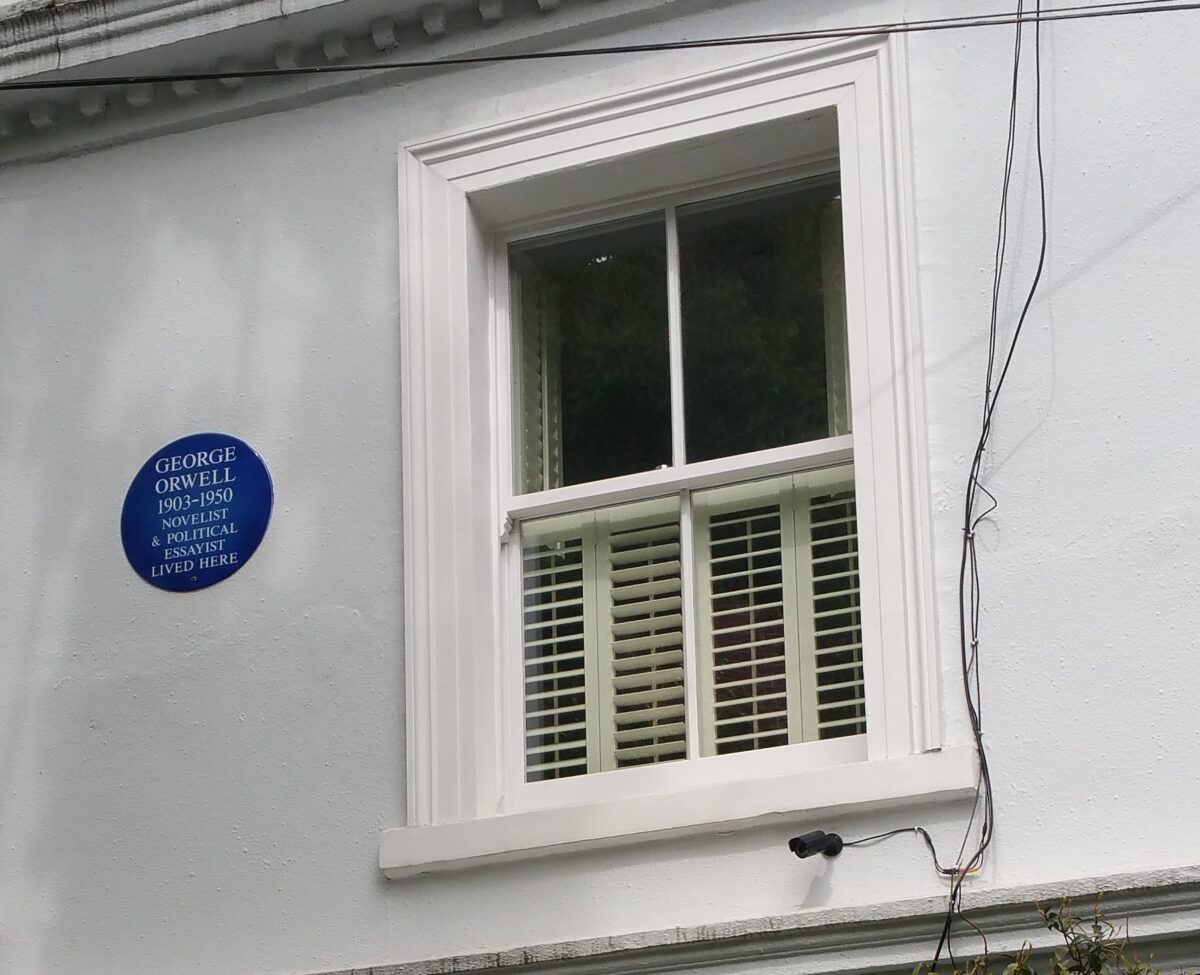In an article this week in the Guardian, Adrian Chiles asks what decisions today’s parents are making that their kids will someday look back on in horror the way we look back on things from our childhood. Probably his best example is riding in cars without seatbelts (which I’m glad to say I survived). In contrast to his suggestion, I don’t actually think tomorrow’s parents will look back and think they shouldn’t have had smartphones, though it’s certainly true that last year a current parent MP (whose name I’ve lost) gave an impassioned speech opposing the UK’s just-passed Online Safety Act in which she said she had taken risks on the Internet as a teenager that she wouldn’t want her kids to take now.
Some of that, though, is that times change consequences. I knew plenty of teens who smoked marijuana in the 1970s. I knew no one whose parents found them severely ill from overdoing it. Last week, the parent of a current 15-year-old told me he’d found exactly that. His kid had made the classic error (see several 2010s sitcoms) of not understanding how slowly gummies act. Fortunately, marijuana won’t kill you, as the parent found to his great relief after some frenzied online searching. Even in 1972, it was known that consuming marijuana by ingestion (for example, in brownies) made it take effect more slowly. But the marijuana itself, by all accounts, was less potent. It was, in that sense, safer (although: illegal, with all the risks that involves).
The usual excuse for disturbing levels of past parental risk-taking is “We didn’t know any better”. A lot of times that’s true. When today’s parents of teenagers were 12 no one had smartphones; when today’s parents were teens their parents had grown up without Internet access at home; when my parents were teens they didn’t have TV. New risks arrive with every generation, and each new risk requires time to understand the consequences of getting it wrong.
That is, however, no excuse for some of the decisions adults are making about systems that affect all of us. Also this week and also at the Guardian, Akiko Hart, interim director of Liberty writes scathingly about government plans to expand the use of live facial recognition to track shoplifters. Under Project Pegasus, shops will use technology provided by Facewatch.
I first encountered Facewatch ten years ago at a conference on biometrics. Even then the company was already talking about “cloud-based crime reporting” in order to deter low-level crime. And even then there were questions about fairness. For how long would shoplifters remain on a list of people to watch closely? What redress was there going to be if the system got it wrong? Facewatch’s attitude seemed to be simply that what the company was doing wasn’t illegal because its customer companies were sharing information across their own branches. What Hart is describing, however, is much worse: a state-backed automated system that will see ten major retailers upload their CCTV images for matching against police databases. Policing minister Chris Philp hopes to expand this into a national shoplifting database including the UK’s 45 million passport photos. Hart suggests instead tackling poverty.
Quite apart from how awful all that is, what I’m interested in here is the increased embedding in public life of technology we already know is flawed and discriminatory. Since 2013, myriad investigations have found the algorithms that power facial recognition to have been trained on unrepresentative databases that make them increasingly inaccurate as the subjects diverge from “white male”.
There are endless examples of misidentification leading to false arrests. Last month, a man who was pulled over on the road in Georgia filed a lawsuit after being arrested and held for several days for a crime he didn’t commit in Louisiana, where he had never been.
In 2021, a story I’d missed, the University of Illinois at Urbana-Champaign announced it would discontinue using Proctorio, remote proctoring software that monitors students for cheating. The issue: the software frequently fails to recognize non-white faces. In a retail store, this might mean being followed until you leave. In an exam situation, this may mean being accused of cheating and having your results thrown out. A few months later, at Vice, Todd Feathers reported that a student researcher had studied the algorithm Proctorio was using and found its facial detection model failed to recognize black faces more than half the time. Late last year, the Dutch Institute of Human Rights found that using Proctorio could be discriminatory.
The point really isn’t this specific software or these specific cases. The point is more that we have a technology that we know is discriminatory and that we know would still violate human rights if it were accurate…and yet it keeps getting more and more deeply embedded in public systems. None of these systems are transparent enough to tell us what facial identification model they use, or publish benchmarks and test results.
So much of what net.wars is about is avoiding bad technology law that sticks. In this case, it’s bad technology that is becoming embedded in systems that one day will have to be ripped out, and we are entirely ignoring the risks. On that day, our children and their children will look at us, and say, “What were you thinking? You did know better.”
Illustrations: The CCTV camera on George Orwell’s house at 22 Portobello Road, London.
Wendy M. Grossman is the 2013 winner of the Enigma Award. Her Web site has an extensive archive of her books, articles, and music, and an archive of earlier columns in this series. She is a contributing editor for the Plutopia News Network podcast. Follow on Mastodon.
